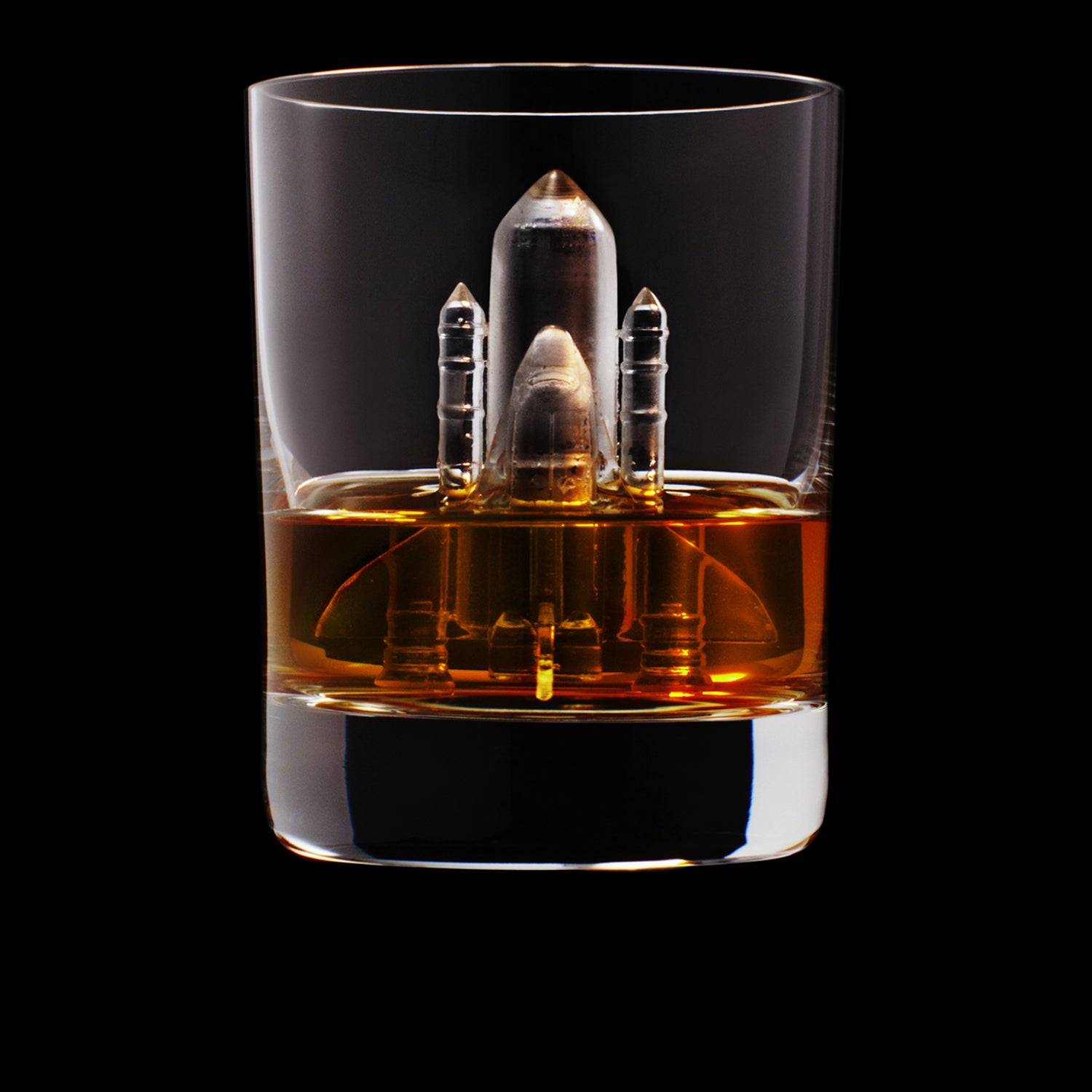Here’s the setup: You’re sealed in a capsuleĚýwith several coworkers for months at a time. The good news? There’s booze. The bad news? You’re not allowed to drink it.Ěý
It’s not a cruel social experiment; it’s a cutting-edge whiskey experiment. Last week, two samples of Suntory whiskey arrived at the International Space Station via a Japanese transport vehicle carrying 4.5 tons of supplies. The Japanese whiskey company wants to see what happens when you age booze in space. One barrel will stay in flight for a year while the other will stay aloft for at least two. In a ,ĚýSuntory claimed that, “mellowness develops by promoted formation of the high-dimensional molecular structure in the alcoholic beverage in environments where liquid convection is suppressed.” Translation: Space may be the final frontier of producing awesome booze.
Eriko Hirose, a representative for the brand, went on to say that,Ěý“We have a hypothesis that alcoholic beverage becomes more mellow because a water and an alcohol component [are]Ěýlikely to stick [to] each other in the space of zero gravity.” The experiment is about testing whether sending liquor skyward can yield a smoother finished product. However, Suntory has indicated that it might not sell the booze commercially.
Suntory is hardly the first booze company using space to propel its marketing. In the 1970s, Ěýincorporated the first yeast that had done time outside of Earth. Ever since then, a slew of breweries, including Sapporo and Dogfish Head, have used out-of-this-world ingredients, like Ěýand . A few years ago, a company called Vostok even created a low-carbonation beer specially made for microgravity consumption.
But whether sending booze into space actually changes it is unclear.Ěý
“I don't think there will be much effect from the microgravity environment,” said a NASA scientist who spoke on the condition of anonymity, since he wasn’t authorized to speak to reporters on the matter. “But if the fermentation process is occurring in microgravity, then the reaction could reasonably be imagined to be sped up, and faster, higher alcohol content whiskey could be produced in the same time as on Earth.” Meaning that fermentation may occur faster in space.
Space also has the ability to change the gene expression for living organisms—like yeast. “Japanese scientists have flown cherry blossom seeds in space and the trees began to be productive in only five years instead of the normal ten. No one has any explanation for why this is,” says Jeffery Smith a rocket propulsion engineer and cofounder of the satellite kit company Orbit Express. “Gene expression is different when it takes place in the microgravity of space. This is what biologists are trying to understand when they look at human, animal, or plant cells in space: What do they do differently up there?”
But Suntory’s whiskey is just being finished in space, not distilled. “Distillation kills any and all yeast, not to mention the alcohol content prevents anything from growing, let alone surviving in the bourbon,” says Greg Davis, a master distiller at Maker’s Mark. So gene expression at this point in the process probably isn’t really relevant.
While interest in space booze is rising, not every company wants toĚýbookĚýits barrels on Richard Branson’s next shuttle. “I'm skeptical if this will become a future maturation experiment for us,” says Chris Fletcher, assistant master distiller for Jack Daniels and a trained chemist. “We have carried out hundreds of experiments over the years dissecting how to create the best barrels and how different environments affect them as they age. While we have measured the affect of heat, humidity and pressure on our maturing barrels, one thing I don't think we've looked at is weightlessness.”Ěý
When asked if Maker’s Mark was contemplating rocket-launching a few of its barrels, Davis replied, “Anything is possible, but right now we are focused on good ol’ Kentucky straight bourbon whisky.”
For now, we’ll just have to wait until the experiment is over to see whether Suntory’s hypothesis bears more unique booze. In about a year, when the first capsules arrive back on Earth, we’ll have our first clue as to whether sending whiskey into space makes for a greatĚýbottle. That is, if the astronauts manning the Space Station don’t get to it first. Ěý


